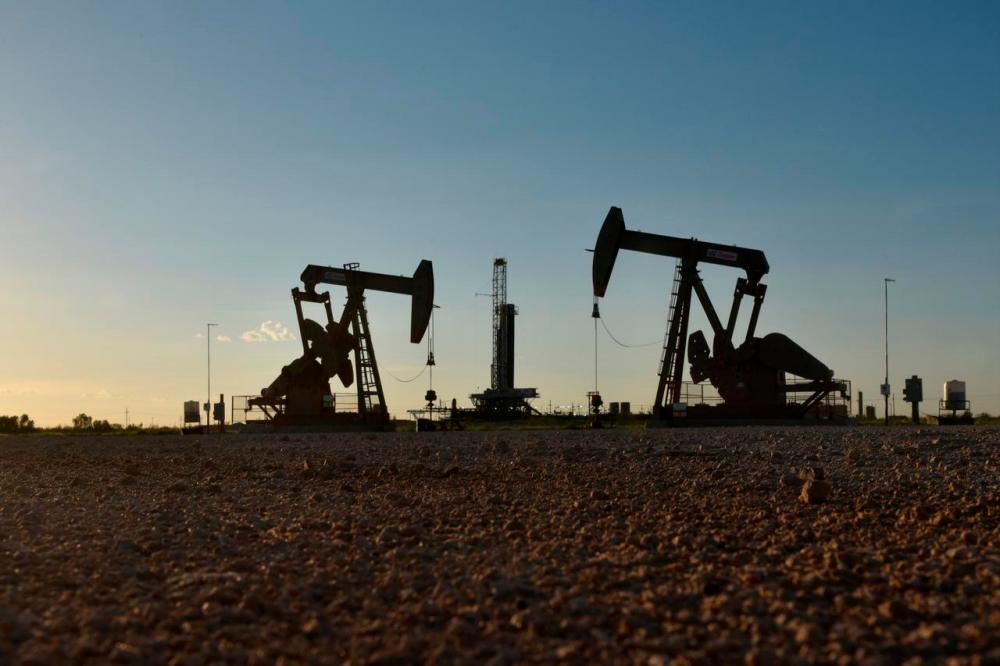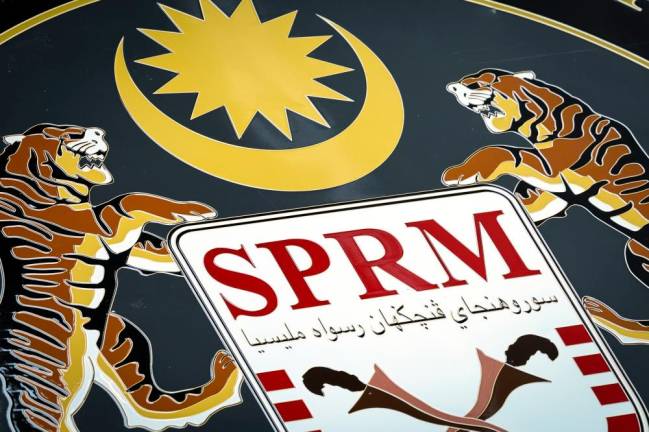PETALING JAYA: While Malaysia has agreed to slash crude oil production by 136,000 barrels per day (bpd) for May and June, following the decision by the Organisation of the Petroleum Exporting Countries and their allies, collectively known as Opec+, there could be further revisions to follow.
Juwai IQI chief economist Shan Saeed told SunBiz he foresees Opec+ potentially agreeing to another production cut of 10-15 million bpd by the middle of the year.
“This will make oil prices more attractive, maybe around the early-US$40s, and this could help cushion the blow for oil & gas players. Most are facing pressure on capital expenditure right now, and soon we will see an impact on their earnings.
“This stabilisation will help, because for oil companies to stay profitable, prices have to be above US$50 (RM217) per barrel,” he said.
He also said the agreed upon production cuts would help stabilise oil prices, which have been badly affected by the price war sparked last month between Saudi Arabia and Russia.
“Demand has gone down by nearly 30 million bpd, so with this cut, the oil prices will be able to stabilise between US$30-$40 per barrel in the short run. However, if the dollar depreciates further, there will be bankruptcies seen in US shale gas companies. Coupled with geopolitical risks, this will lead to further supply constraints,” he said.
Shan said according to Juwai IQI’s market intelligence report, oil prices will trade between US$47-57 per barrel by the end of the year.
Last week, Opec+, agreed to cut output by 10 million barrels per day (mmbpd) from May until June 2020, before progressively reducing this by 8 mmbpd in the second half of the year, and by 6 mmbpd starting January 2021 to April 2022.
Saudi Arabia and Russia will lead the pack, cutting 3.3 mmbpd and 2 mmbpd respectively. This is not only Opec+’s largest cut in history but also the longest time frame it has committed to (24 months; until April 2022).
There is no indication how much Malaysia will cut its production from July onwards.
In a note, PublicInvest Research said Malaysia’s move to cut oil production by 136,000 bpd may hit the mining sector in the Industrial Production Index (IPI) and mining and quarrying sector in gross domestic product (GDP) output, especially in the second quarter when the cut for Opec+ hits its tipping point (May, June).
The research house estimated that the mining sector in the IPI may decline 17.2% this year, from a 1.7% decline last year; while the mining and quarrying sector in GDP output may decline 2.6% this year, from a 1.5% decline last year.
“The cut for Malaysia is bigger-than-expected, almost seven to nine-fold of the country’s previous cuts (15,000 bpd, 20,000 bpd). Though the supply cut can be supportive of oil price but the bigger issue is the weak demand which may take a longer time to correct due to the idiosyncratic nature of Covid-19,“ said PublicInvest.
Meanwhile, another analyst said most local oil and gas (O&G) players will be hit from the supply cut, except for players involved in the storage business like Dialog Group Bhd.
“The storage business could go up, which will definitely be beneficial for them but other parts of their business will suffer due to the decline in O&G services,“ the analyst told SunBiz.
The analyst said Malaysia will also see lower revenue from Petronas, which is also expected to lead to a higher fiscal deficit for the country.
“There’s no demand. We’ve no choice but to cut production. At the moment, every one is not moving (due to MCO) in these two months so consumption of oil will come down. We’re looking at after the first two months whether there will be a ramp-up in demand or not.”
The analyst expects oil price to hover at US$35-40 a barrel this year, with the possibility of revising it lower depending on the Covid-19 situation.
“It will be a bad impact for the O&G sector. I don’t see any way for this thing to turn around until the Covid-19 crisis is over,“ added the analyst.










